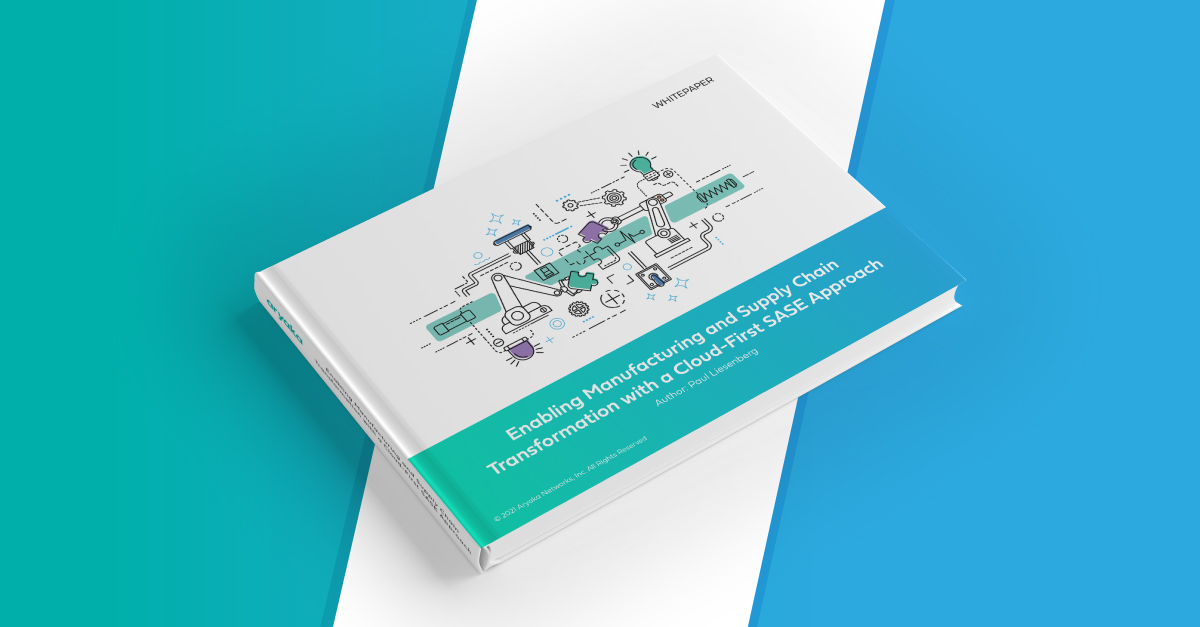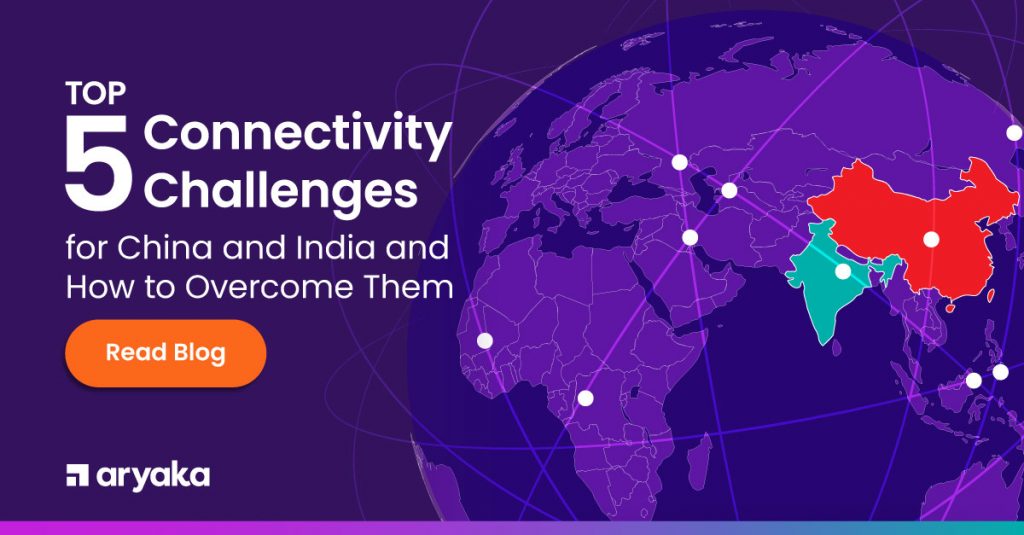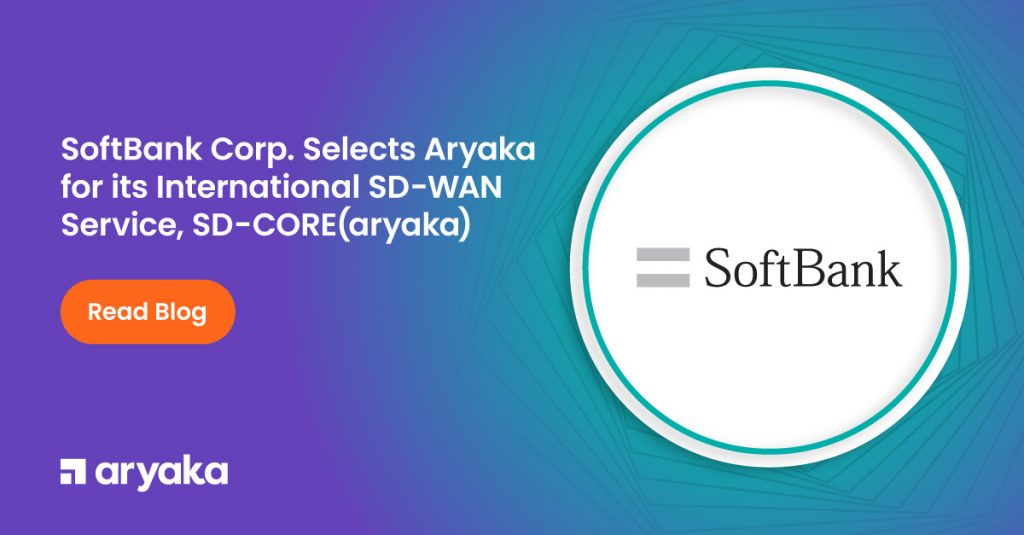The Evolution of the Industry 4.0+ Manufacturing Infrastructure

We just published a new white paper, which I authored with tons of input from my smart team here at Aryaka. I always have fun writing white papers, it involves digging for topic-related industry news, checking out the competition, and the ability to tell my boss I am immersed in diligent hours-long industry research while doing something entirely different :-D. It also involves the luxury to have time to read some very well written research from top industry consultants and analysts – in this case Deloitte, Gartner and a few others listed in the references. In a nutshell – you learn a lot every time you write a white paper, and hence it’s one of my favorite things to do.
On the other hand, our engagement stats tell us that our potential readers are just as busy as we are as a rule, and hence fewer people read white papers than they did 10 years ago, when white papers were a key “preference building” collateral for the technical decision-maker audience. So, this blog clearly serves two purposes: to provide what you could call an executive summary, but more importantly (to me :-)) to get you to download the paper. I must admit I myself am an avid white paper reader, since to me that is where the elevator pitch platitudes end, and the real product philosophy reveals itself.
Back to the blog: I decided to investigate manufacturing and supply chain, specifically the evolution of their network and security infrastructure. Manufacturing and supply chain industries are, I admit, among my favorite verticals to follow. The impact on our everyday life is simply mind-boggling, and we take this magic global machine for granted. Think about the complexity of managing a large-scale supply chain and just in time manufacturing and delivery. As a hobby, I keep up with physics and math, have even done a good job on several occasions explaining quantum mechanics with a formula or two thrown in from memory. On the other hand, I do not understand how the Apples or Samsungs of the world innovate like clockwork every year to deliver on a new smartphone – with a cool $40B quarterly revenue riding on it. It involves amazing coordination with top semiconductor manufacturers (well the two of them that do sub-10nm stuff), a complex supply chain, a sell-through-partner ecosystem, a developer community that eagerly consumes APIs, a commitment to place $B orders in advance with your supply chain – let’s just agree: the pressure is always on, big time. We are talking about revenue streams that will make or break the quarter even for companies as large and successful as Apple or Samsung – and there are thousands of manufacturing and supply chain ecosystems that perform the exact same magic, yet don’t get the same attention level. In any case – can you imagine that responsibility on your shoulders? The absolute excellence in agile project management, supply chain and manufacturing excellence that is demanded? Again – I used the smartphone industries’ big guns and their smartphones because we can all relate to it. But these amazing processes happen at many levels, with manufacturing and hence supply chain participants we have seldom heard about.
How does this tie into Aryaka, you ask? First and foremost, our track record in lifecycle services excellence is a core part of our Aryaka DNA. Which means staying very close to our customers, listening to them all the time, and anticipating their needs. As a “New Age” Managed Services provider with a reputation for industry-leading service to maintain and a desire to always improve – we constantly listen to our customers. We listen to their pain points, their priorities, and constantly include this feedback into our SASE and services roadmap.
Manufacturing is a sweet vertical for Aryaka if you look at our customer testimonials. Manufacturing companies are globally distributed, require a high-quality collaborative infrastructure and hence are a shoo-in target for the benefits of Aryaka’s services. What manufacturing ecosystem companies want -and we see that in the white paper- boils down to “Give us an enterprise-class global network with built-in, superior application performance and security, give us constant visibility into it, and let us deal with business priorities – not knob-optimizing or constant troubleshooting in our everyday agenda.” And that we do very well at Aryaka, abstracting everyday complexity while providing complete visibility.
I am also convinced the priorities of our manufacturing customers will quickly become very relevant to other verticals as well. It just that other verticals did well enough managing the effect of the pandemic when they were able to maintain normalcy. The manufacturing and supply chain vertical was unique in having to drive constant improvement to guarantee business sustainability and growth, even in those challenging times.
The white paper also provides a look into what CIOs of leading manufacturing companies prioritized during the pandemic in order to remain successful and thrive. They boiled it down to transformation at the cultural level but also, the key technologies they prioritized.
If you’re trying to virtually ask me “Well, Paul, what are those? Tell me more!”, please download the white paper. And we’re always here to answer your questions and/or give you a demo.
- Accelerate CAD/CAM Performance
- Improve Zoom Conferencing Performance
- Calypso Embraces a SaaS-first Strategy
- CallisonRTKL Transforms their WAN
- Kleinfelder Improves Application Performance
- Teradyne Transforms their WAN
- SAP web application performance
- Kleinfelder Improves Application Performance
- Industrial Manufacturing Company Transforms WAN










